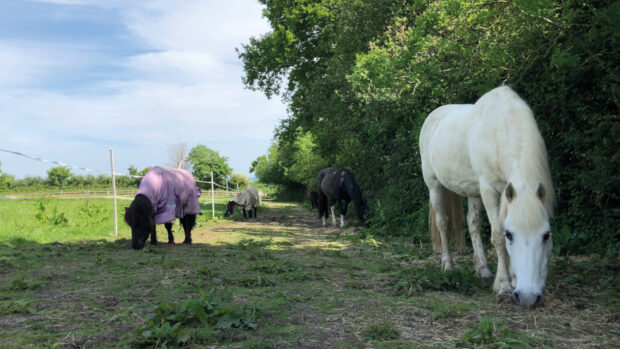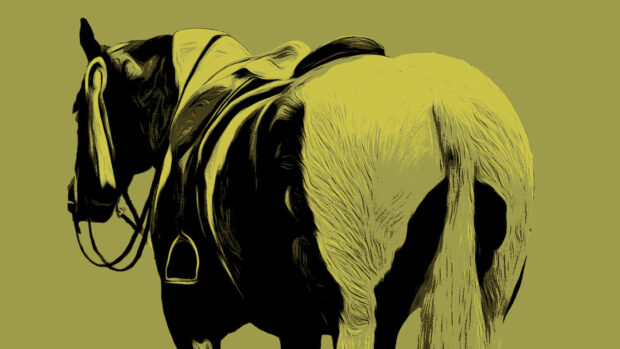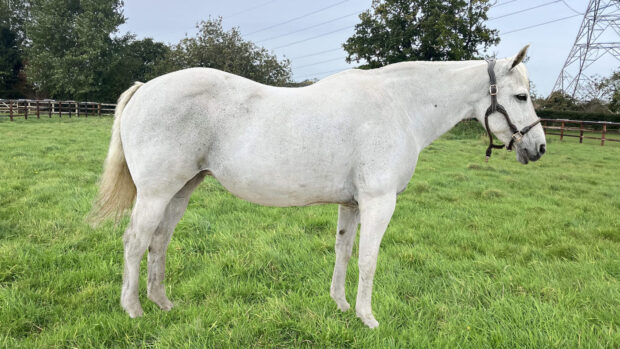A new way to monitor body fat in horses, similar to the Body Mass Index used in humans, has been developed to assist weight loss in equines.
Body Condition Index (BCI) was created through a five-year study by the University of Melbourne, Australia, and the Waltham Equine Studies Group to provide a more practical way to assess body fat and weight loss in horses.
Equine obesity is an increasing problem. In last year’s National Equine Health Survey, 16.9% of horses or ponies were recorded as overweight — more than double the previous year’s figure of 7.8%.
BCI has been created to allow owners to manage weight loss more effectively, and in doing so improve the health of horses.
“The new index is a very promising tool for a more objective estimation of body fat percentage in the field,” said Clare Barfoot, registered nutritionist at Spillers.
“It could be especially useful if horses and ponies are assessed by more than one person, particularly if they are not experienced at body condition scoring.”
The study involved 22 adult horses and ponies of mixed breeding with body condition scores ranging from 4 to 8.5 out of 9.
Their BCI was derived from repeated measurements of heart girth, belly girth, body length, neck circumference and height to the withers.
Results were compared to an accurate body fat percentage, determined using a proven scientific method.
BCI corresponded reasonably well and on a similar level to body condition scoring.
While body condition scoring is a valuable way of keeping track of weight on a routine basis, it is subjective and therefore potentially less accurate for inexperienced assessors.
“A more accurate way of monitoring fat, used in conjunction with body condition scoring, should make it easier for owners to manage weight loss programmes more effectively and this means healthier horses,” added Ms Barfoot.
The work will be presented at the Equine Science Society in Florida this month and the new fat recording method will be made accessible to owners globally for free in the near future.
Owners will be able to calculate BCI by themselves once this method is made available.
“Obesity in horses and particularly ponies is an increasing problem, similar to the issue it is in people, so anything that can help everyone understand and manage this serious problem is very welcome,” added vet Karen Coumbe.
If owners find their horses are overweight they are urged to consult with their vet or nutritionist for diet advice.




